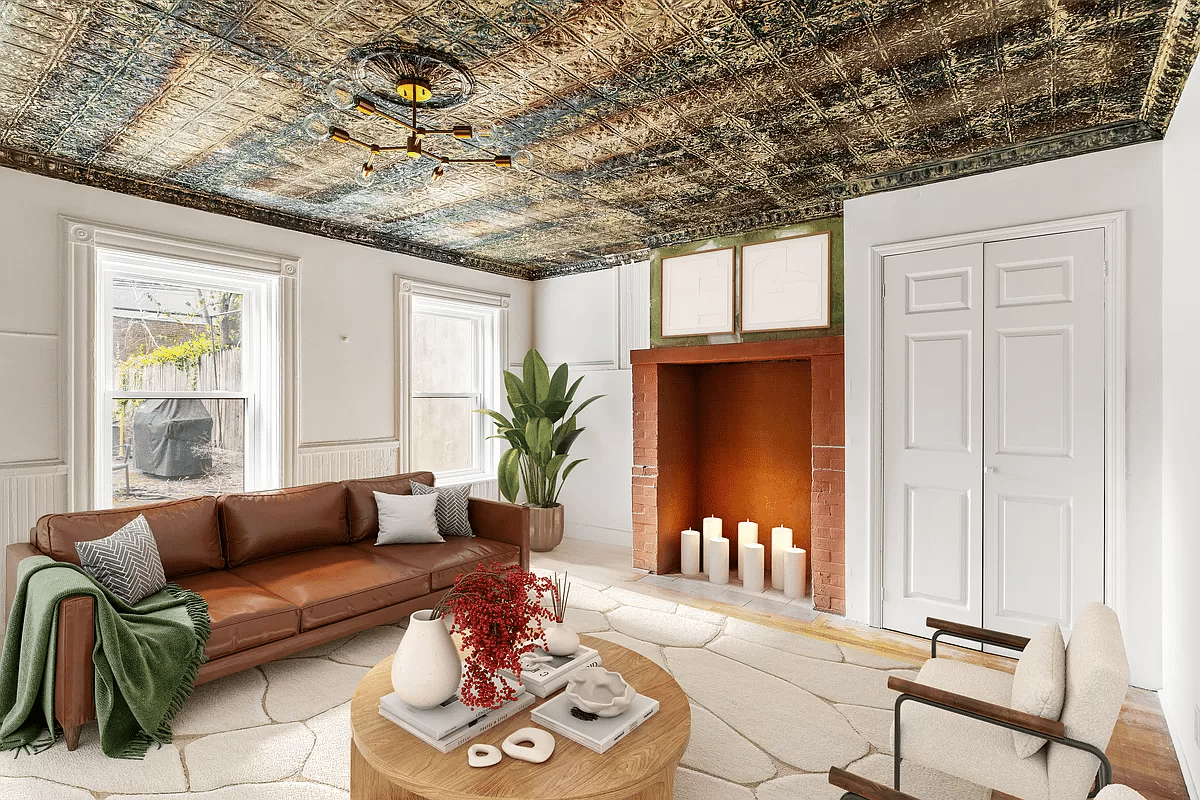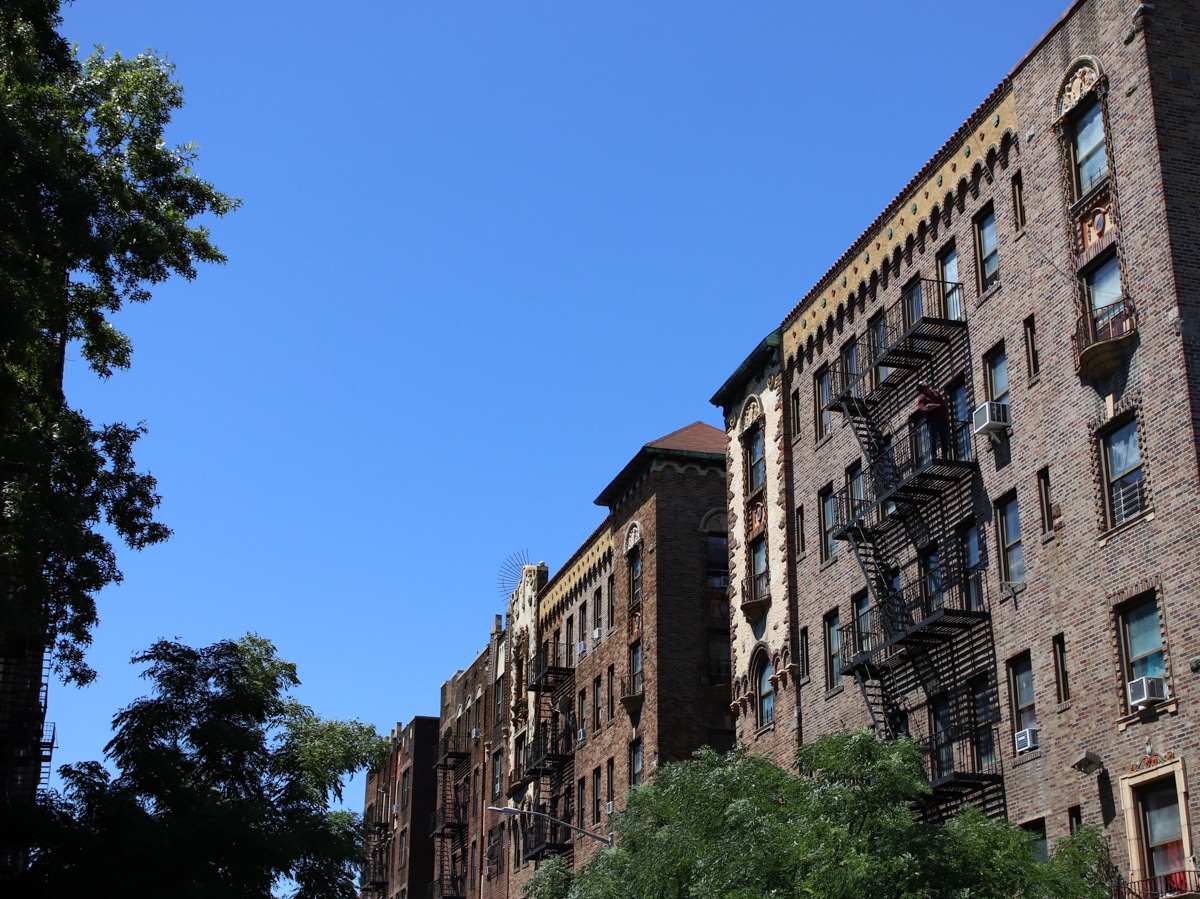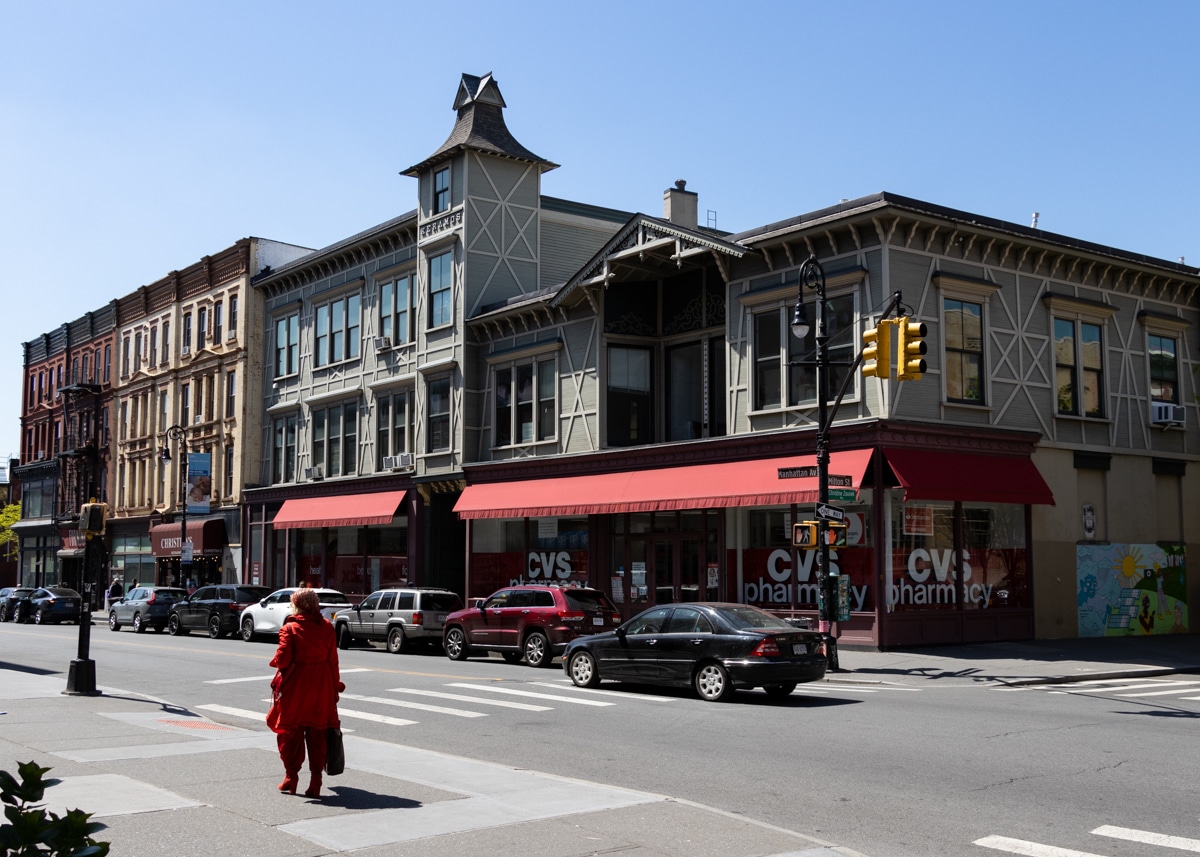Building of the Day: 320 Washington Avenue
Brooklyn, one building at a time. Name: Former Graham Home for Old Ladies Address: 320 Washington Avenue Cross Streets: DeKalb and Lafayette Avenues Neighborhood: Clinton Hill Year Built: 1851 Architectural Style: Early Romanesque Revival Architect: J.G. Glover, rehab to condos – BRP Development Corp. Landmarked: Yes, part of Clinton Hill HD (1981) The story: When…

Brooklyn, one building at a time.
Name: Former Graham Home for Old Ladies
Address: 320 Washington Avenue
Cross Streets: DeKalb and Lafayette Avenues
Neighborhood: Clinton Hill
Year Built: 1851
Architectural Style: Early Romanesque Revival
Architect: J.G. Glover, rehab to condos – BRP Development Corp.
Landmarked: Yes, part of Clinton Hill HD (1981)
The story: When I first came to NY, thirty some years ago, I used to stay with one of my friends, a Pratt student. She lived next door to the Graham Home, and it has always been a fascinating building to me. At the time, however, it was not an old age home, but home to an enterprising establishment called the “Bull Shippers Plaza Motor Inn”, a notorious hot-pillow joint. How did it get from old ladies to ‘ho ladies? Let’s see…
The Graham Home for Old Ladies was the brainchild of John G. Graham. He was a prominent Brooklyn lawyer and paint manufacturer. His brother was Augustus Graham, also an attorney and philanthropist. Augustus was the principal donor establishing Brooklyn Hospital, Brooklyn’s first hospital, and a major supporter of the Apprentice Library, which would one day become the Brooklyn Museum. John Graham also donated to the hospital, but his establishment of the Brooklyn Society for the Relief of Aged and Respectable Indigent Females led to the building of this home. It was planned to provide housing “for the benefit of poor gentlewomen who had been unfitted, by previous culture and refinement, to accept willingly the public asylum provided by the State for the poor indiscriminately… ”
The Graham home was built in 1851, one of the earlier buildings in the neighborhood, and provided shelter to ninety women, with an 8 bed hospital and a small chapel inside, as well. The residents had to be at least 60 years old, and come from good families in Brooklyn or Williamsburg, and had to provide references. They also had to pay a $50 admission fee, not a small amount in those days. The Home stayed in business until the 1950s, at which time its occupants were mostly elderly secretaries, nurses, salesladies, seamstresses and teachers. By the end of that decade, the home had gone out of business and closed down. Sometime in the 1960’s, it reopened as the aforementioned Bull Shippers Motel.
The Bull Shippers was not your family friendly kind of place, something that was very soon realized by the neighborhood. Old timers told of glittering over the top chandeliers in the front entryway (I remember seeing those) and corridors with leopard and zebra print wallpaper and lots of small rooms, and lots of people coming and going all hours of the night. (No, I never went inside.) By the mid 1980’s, the reports of drugs and prostitution had brought too many visits by the police, and the Bull Shippers closed for good. By 1985, it was all boarded up, with its brick walls painted black. It stayed that way for 15 years.
In 2001, it was converted into condos, by the BRP Development Corp, one of the most successful condo conversions of the time, and the units sold out immediately. Clinton Hill was going through massive gentrification, and these apartments, in an historic building in the heart of the community, were a success. Unfortunately, no historic detail remains on the inside, but the exterior of the building and the grounds are still one of the neighborhood’s favorite sites for tourist photographs. Graham’s Home for Old Ladies has come a long way. GMAP












An incredible product of turbo-gentrification. I would have never never guessed that this old haunted house of a dive would ever be restored to what it is today. Fort Greene’s story of transformation from a really really bad neighborhood to a fancy shmantzy one is remarkable tale.
An incredible product of turbo-gentrification. I would have never never guessed that this old haunted house of a dive would ever be restored to what it is today. Fort Greene’s story of transformation from a really really bad neighborhood to a fancy shmantzy one is remarkable tale.